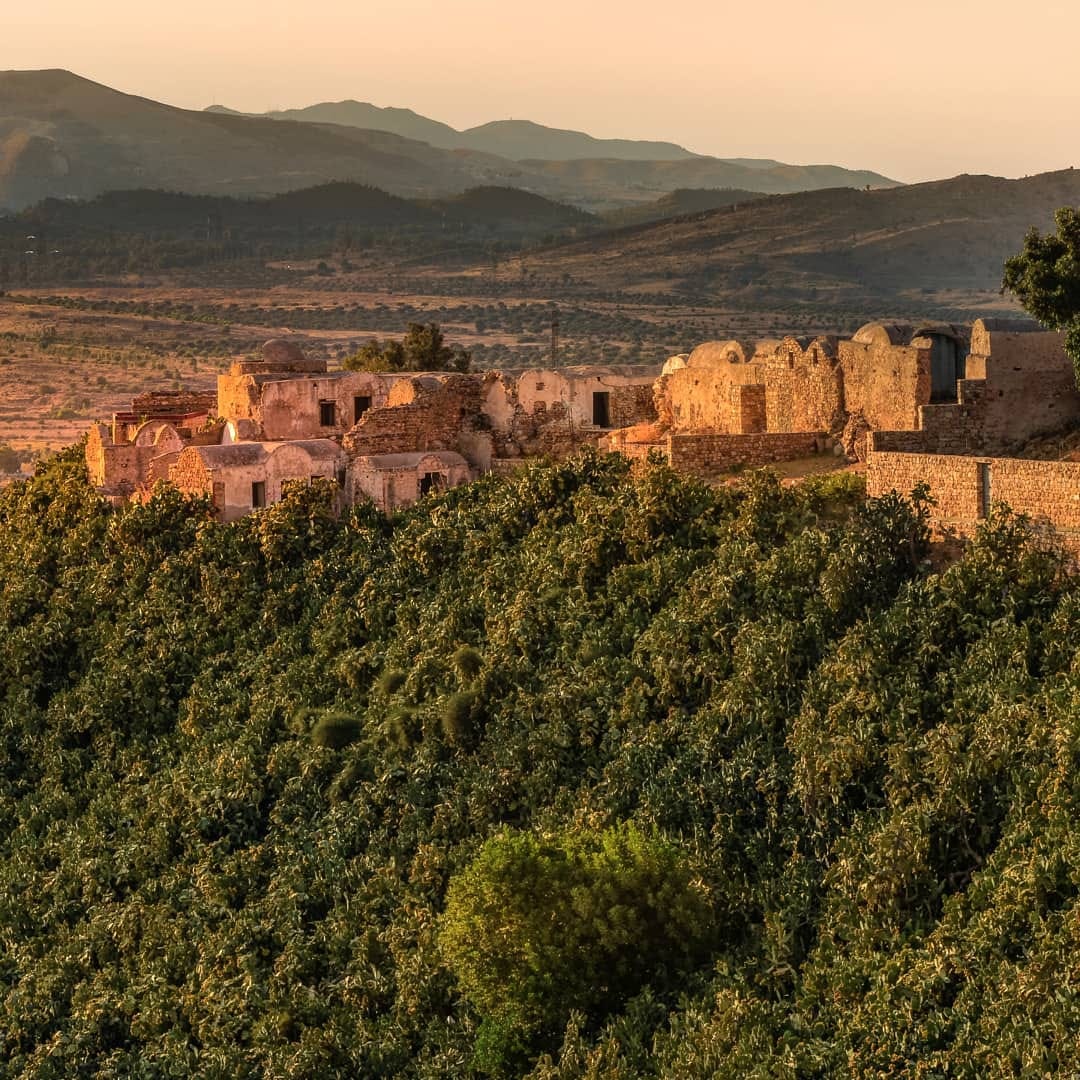Perched upon a 200-meter hillside, the Berber village of Takrouna commands a mesmerizing panorama of the surrounding landscape.
From its vantage point, visitors are treated to a sweeping vista that encompasses the Gulf of Hammamet and Sousse, as well as the sprawling olive groves that carpet the Kairouan and Zaghouan regions.
Situated on the Mediterranean coast, just 100km south of Tunis and 55km from the popular tourist destination of Sousse, Takrouna enjoys easy accessibility from Tunisia's major urban centers.
With a history spanning two millennia, Takrouna's architectural marvels bear testament to the rich heritage of the Berber culture. Named after a Berber tribe that settled the region in the eighth century, the village's layout and design reflect meticulous attention to cultural preservation.
Haitham Bejraidia, secretary-general of the Friends of Takrouna association, underscores the village's strategic significance in regional history. Positioned atop a hill, Takrouna served as a natural fortress, offering protection against invasions and facilitating surveillance of the surrounding areas.
During World War II, Takrouna played a pivotal role, witnessing a fierce battle between New Zealand forces and Axis troops.




